Biocarbon to replace fossil carbon in manganese alloys production

Eramet will demonstrate the use of biocarbon for state-of-the-art manganese ferro-alloy furnaces, as a main lever to reduce its CO2 footprint, potentially providing additional competitiveness.
Main project's drivers for reducing the greenhouse gas (GHG) emissions
Energy and resource efficiency
Energy Decarbonisation
Energy efficiency improvements
Improving efficiency in non-energy resources
Emission removal
Financing low-carbon issuers or disinvestment from carbon assets
Reduction of other greenhouse gases emission
Project objectives
Today all sources for carbon needed for production of manganese alloys are fossil, with the main contributor being the reductant in the form of coke. Reductants take the oxygen from the ores to produce metal. The project will first demonstrate the use of carbon from biomass as a reductant in a large-scale operational environment for production of manganese ferroalloys, before implementing the solution fully at all relevant industrial sites.
In order to establish knowledge allowing production of biocarbons with characteristics potentially suited to production of manganese alloys in current industrial furnaces, Eramet has carried out research and development activities since the 1990s in Norway, in cooperation with research institutes and academia.
The demonstration project stretches from 2021 until 2024 and will demonstrate the use of significant amount of biocarbon (possibly thousands of tons) in industrial operation. The project is supported by a grant from ENOVA, a Norwegian state enterprise administrating grants for activities related to climate, environment, and energy efficiency.
Emission scope(s)
on which the project has a significant impact
- Emission scopes
- Description and quantification of associated GHG emissions
- Clarification on the calculation
Scope 1
Direct emissions generated by the company's activity.
Scope 2
Indirect emissions associated with the company's electricity and heat consumption.
Scope 3
Emissions induced (upstream or downstream) by the company's activities, products and/or services in its value chain.
Emission Removal
Carbon sinks creation, (BECCS, CCU/S, …)
Avoided Emissions
Emissions avoided by the activities, products and/or services in charge of the project, or by the financing of emission reduction projects.
Scope 1 – Fossil carbon currently used will be replaced by a sustainable source of biomass which is neutral in terms of emissions from an ETS perspective.
Quantities :
- Estimation for 2025 : – 200 ktCO2/y
- Estimation for 2035 : – 700 ktCO2/y
Scope 3 – There will be an impact from production of biocarbon and this has not yet been quantified and compared to current coke production which also emits CO2. Transport emissions are expected to be similar to the ones of cokes.
Quantities : This information is not available at this stage.
Biocarbon is assumed to have zero CO2 emissions from fossil carbon source. Following EU legislation (scope 1), biocarbon have thereby zero CO2 emission The calculation of reduction in CO2 emission is based on the amount of coke displaced by biocarbon times the emission factor from coke to CO2. This emission factor is approximately 3 tCO2/tcoke. It is based on French agency ADEME’s CO2 emissions factor of 0.389 tCO2/MWh and average Eramet plant data.
Key points
Invested amount
This is confidential information. The main investments are anticipated to be made by the biocarbon suppliers.
Starting date of the project
2021
Project localisation
The project will be first implemented in Norway (in the towns of Porsgrunn, Kvinesdal and Sauda). If it is replicable, the solution will be extended to France (Dunkerque), US (Marietta Ohio) and Gabon (Moanda)
Project maturity level
Prototype laboratory test (TRL 7)
Real life testing (TRL 7-8)
Pre-commercial prototype (TRL 9)
Small-scale implementation
Medium to large scale implementation
Economic profitability of the project
Short term (0-3 years)
Middle term (4-10 years)
Long term (> 10 years)
Eramet will demonstrate the use of biocarbon for state-of-the-art manganese ferro-alloy furnaces, as a main lever to reduce its CO2 footprint, potentially providing additional competitiveness.
Illustrations of the project
We have not identified any major other benefits of the project. A social benefit will be employment for people working in the production of biocarbon.
The potential will depend upon the results of the demonstration project. If this first phase is successful, the concept can be extended to all the manganese ferroalloy plants and other pyrometallurgical industries with similar reductant needs.
Contact the company carrying the project :
henrik.lund@eramet.com

